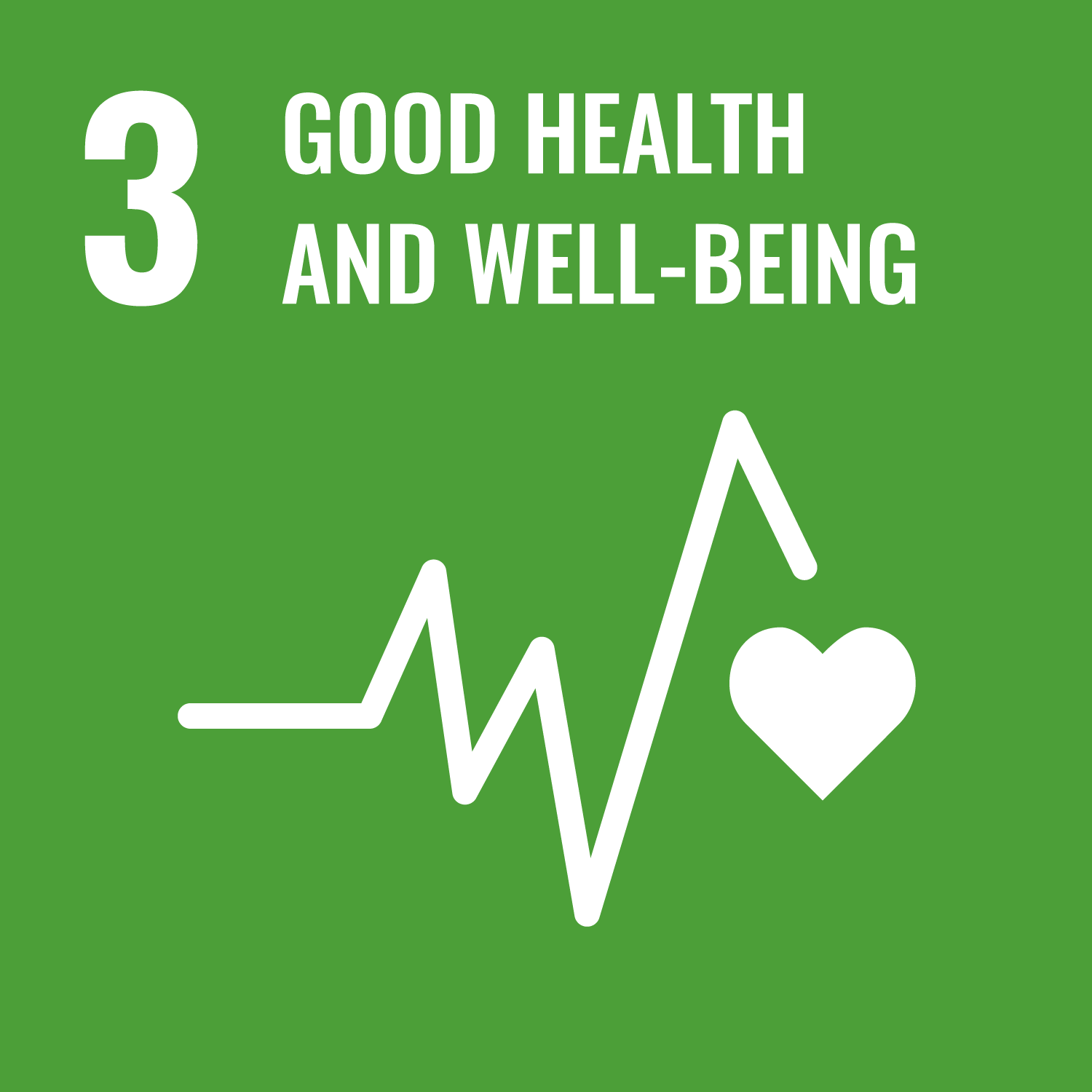Average mortality due to suicide among countries of the Region increased from about 8.2 deaths per 100 000 population in 2014 to 8.9 deaths per 100 000 population in 2019, with notable differences between Member States. The regional target of 7.4 deaths per 100 000 population will not be achieved without significant action to address the political, economic, and social drivers that shape national capacities for suicide prevention. Disparities in suicide mortality are attributable to inequitable distributions of wealth, education, access to the labor market, and opportunities for well-being. These factors are widely associated with depression and mental health disorders, two key risk factors for suicide. This indicator monitors mortality due to suicide as a basis for designing programs to prevent and control suicidal behavior, based on scientific evidence. Policies and interventions to prevent mortality due to suicide vary in maturity across Member States. Political, economic, and social drivers shape national capacities for programmatically addressing suicide prevention. Gathering timely and accurate data from countries in the Region poses a challenge to measurably achieving the 2025 target. Most countries in the Region have only reported data up to 2019.
PASB initiatives (such as the Regional Suicide Prevention Initiative and the June 2024 Regional Suicide Prevention Symposium in partnership with the United States National Institute of Mental Health) emphasize the importance of suicide prevention and aim to strategically reduce suicide mortality in the Americas. Notable interventions for reducing mortality due to suicide include establishing multi-stakeholder networks for suicide prevention in the Plurinational State of Bolivia, and Uruguay, improved surveillance and response in Argentina, and expanded telehealth access in Paraguay for urgent mental health support.
Recommendations
• Develop comprehensive suicide prevention strategies aligned with the WHO LIVE LIFE framework in collaboration with PASB.
• Incorporate strategies from effective suicide prevention initiatives, including reaching out across sectors, training media professionals on responsible reporting, and training data collectors on the surveillance of suicide attempts in hospitals.

